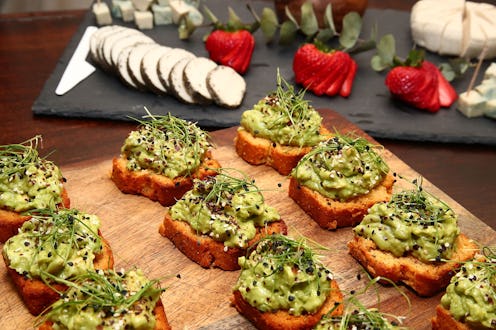News
How Avocados Straight Up Avoided Extinction
Imagine a world without guacamole. Devastating, isn't it? And what's more, it could easily have been reality: Scientists aren't really sure how avocados aren't extinct today, when all signs indicate that they should have stopped existing thousands of years ago.
A bit of background on the humble avocado: It's a fruit from a long-forgotten age. It hit the prime of its evolutionary life in the Miocene and Pliocene eras, or somewhere between two million and 12 million years ago. It was hanging out with megafauna like mammoths, gomphotheres (gigantic elephant-like creatures) and giant sloths heavier than UPS trucks. These were its people. And its lifeline.
Being a fruit-bearing tree, the avocado tree is not able to disperse its seeds by itself. When an avocado drops onto the ground (usually right next to the original tree) the flesh will rot and there's a chance that the seed will grow into a tree. However, it'll be fighting its whole life with its parent tree for light and nutrients. This does not a happy and healthy tree make.
Trees produce fruit so that animals will be enticed to eat it, swallowing the seeds along with the flesh. This animal then wanders off and relieves itself somewhere else, effectively "planting" the seed in a new location.
This is where the megafauna come in. As you can hardly have failed to notice, avocados have a GIGANTIC seed. The fruit could only really be eaten whole by these prehistoric creatures who would have easily been able to crunch them up and pass them through their digestive tracts. But all the animals capable of doing this died out around 13,000 years ago.
Nobody's really sure exactly how avocados managed to survive between the extinction of those that fed on it and the time when humans began cultivating them. Still, thank goodness they figured out a way.
When humans got involved, they changed the avocado for the better — at least from the human's perspective. Previously, the seed took up even more of the fruit than it does now, leaving just a small fleshy area underneath the skin. We've somehow managed to shrink it down so that now the fruit is predominantly flesh.
So basically we've managed to save the avocado — and actually a fair number of other large-seeded fruits, like mangoes and papayas — from extinction. And the little avocado has no idea that it's not still surrounded by prehistoric beasts. Clever, eh?
